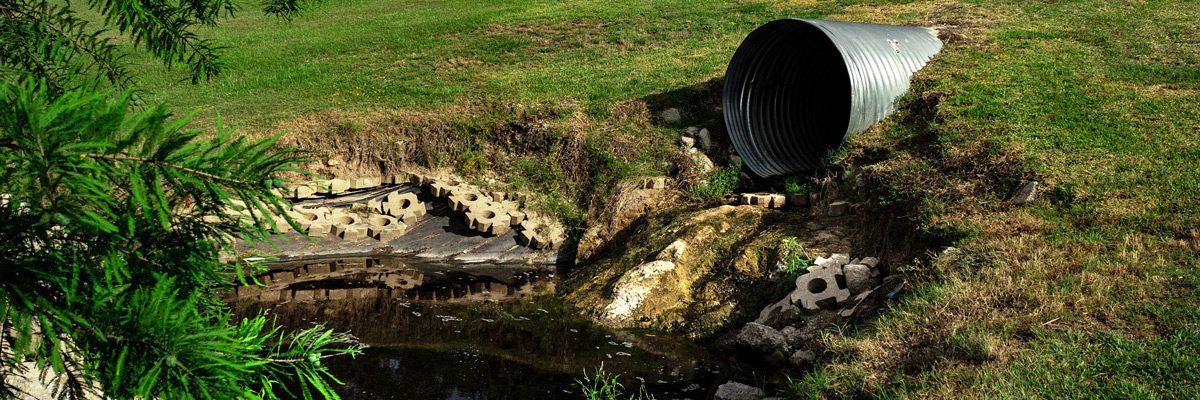Since the Fukushima nuclear disaster Japan has needed to find new power sources. This could be it and it is in their backyard. This could free up Japan’s stagnate economy because the cost would be so much cheaper and the money would stay in Japan. I need to know much more about how they extract the hydrates, how they process them and how they use them before I can say that this will be great for the rest of us.
http://theenergycollective.com/sbattaglia/200361/methane-hydrate-future-of-energy
Japan’s Methane Hydrates and the Future of Global Energy
Posted March 19, 2013
Authored by:
Sarah Battaglia
Sarah Battaglia has been one of the in-house Copywriters and the Social Media Specialist for Energy Curtailment Specialists since 2011.
All eyes are on Japan as they recently became the first country to successfully extract natural gas from methane hydrate deposits, commonly referred to as “flammable ice,” located nearly 900 feet below the seabed. For a country that imports almost all of its energy, this discovery could be an incredible asset.
In the aftermath of the Fukushima Daichii disaster, Japan is in the process of moving away from nuclear power, and this new source of natural gas could be just the solution. Spokesperson for the Japan Oil, Gas, & Metal National Corp. (JOGMEC) Takami Kawamoto stated, “Japan could finally have an energy source to call its own.” The New York Times described methane hydrate as “a sherbet-like substance that can form when methane gas is trapped in ice below the seabed or underground.” Even though it may resemble ice, it will burn when heated. JOGMEC predicts at least 1.1 trillion cubic meters of this substance can be found in the eastern Nankai Trough located off the Pacific Coast. That could be enough natural gas to last Japan 11 years! Furthermore, an estimated 7 trillion cubic meters of “flammable ice” can be found throughout Japan’s waters, supplying natural gas for several decades.
When asked about the process, JOGMEC stated, “With specialized equipment, the team drilled into and then lowered the pressure in the undersea methane hydrate reserve, causing the methane and ice to separate. It then piped the natural gas to the surface.” The gas can also be attained by heating the solid methane hydrate, but this process uses a considerable amount of energy.
:}
Go there and read. More later.
:}
